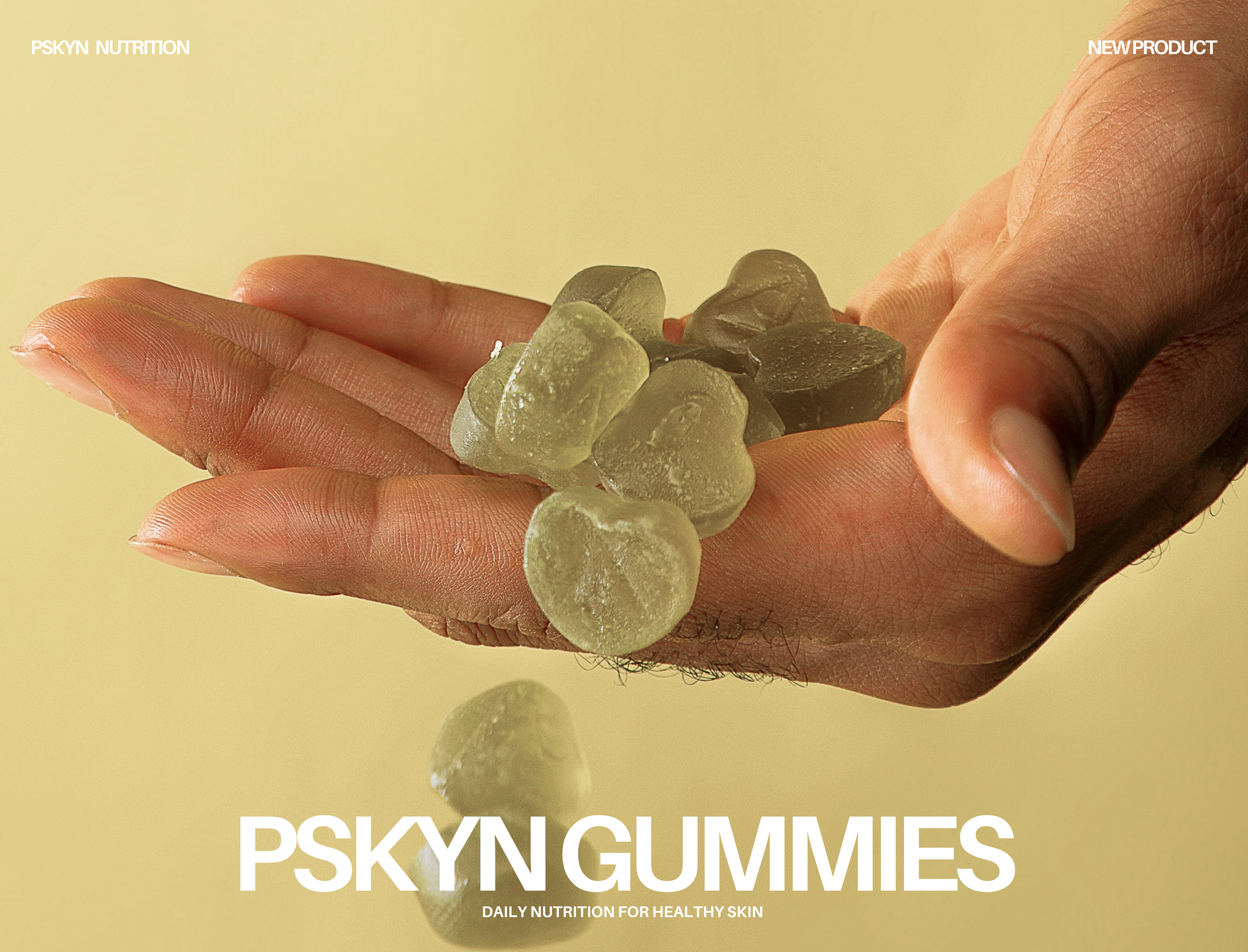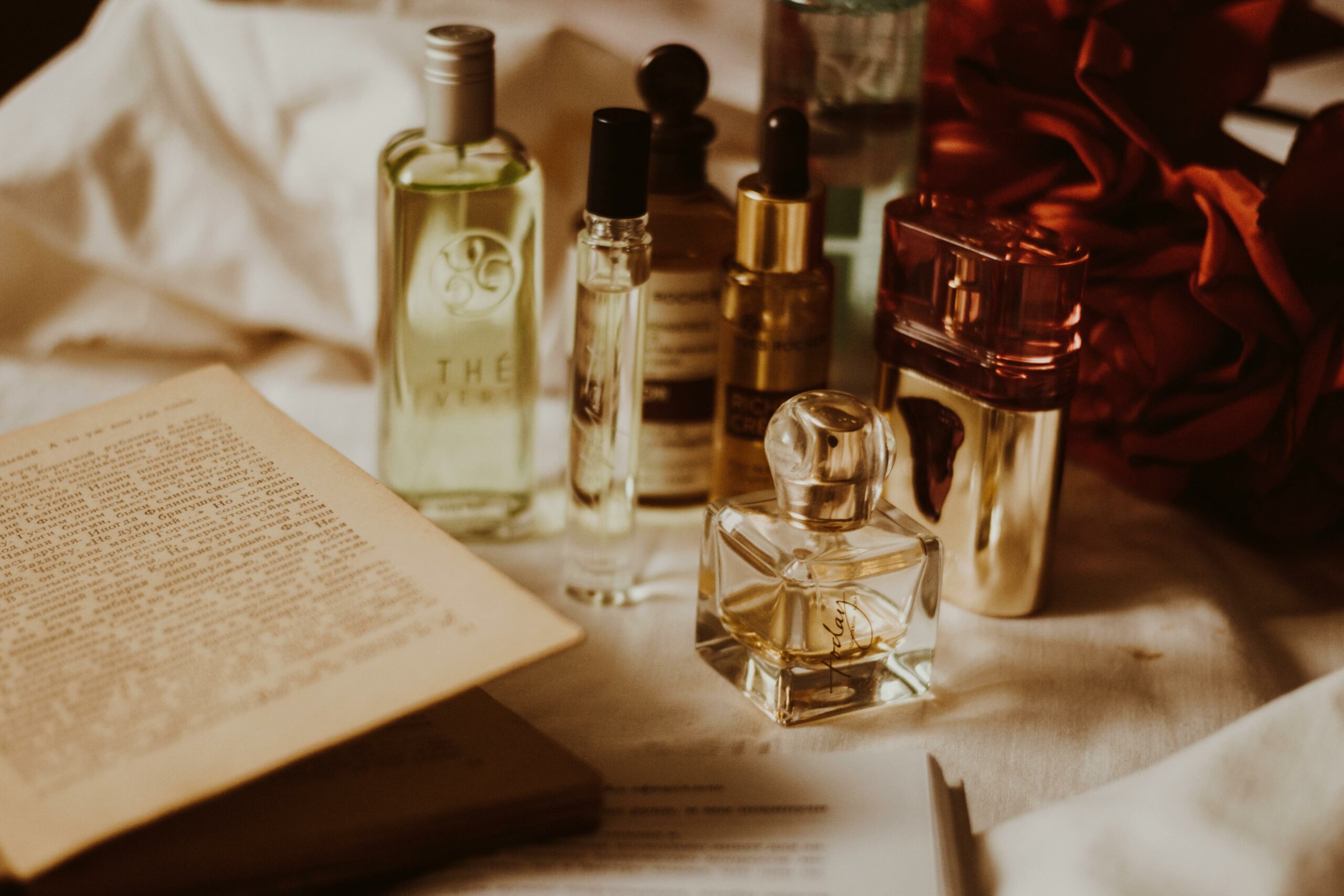
Walking through the beauty aisle for our skincare products can feel like trying to solve a puzzle. We see all these different acids and compounds promising glowing, healthy skin. We know, the choices seem endless, and understanding whether AHAs or BHAs will best suit your skin type and concerns might have you a bit confused. But, after we share our findings about these skincare ingredients, we can all make informed choices about our skincare routines.
First things first, let’s talk about what these acronyms stand for and their benefits. Honestly, they have a lot in common. Both Alpha-hydroxy acids (AHAs) and Beta-hydroxy acids (BHAs) are chemical exfoliants. They strip away dead skin cells, leaving us with smoother, brighter skin. They do have great benefits, including reducing inflammation, which is a game changer for conditions like acne and rosacea, minimizing large pores and surface wrinkles, evening out skin tone, and improving overall skin texture. Both can be found in various skincare products like cleansers, toners, moisturizers, scrubs, peels, and masks. We can keep that in mind when next we’re shopping for our skincare products.
Now, AHAs are water-soluble acids that should be your go-to for peeling away the surface layer of your skin, allowing for new even pigmented skin cells to glow. They are gotten from sugary fruits and other natural sources but are usually replicated in labs for cosmetic use. Think of glycolic acid from sugarcane and lactic acid from milk. If you’re longing for that smooth-to-the-touch feel and a complexion that looks like you drink all your water and get eight hours of sleep nightly, AHAs might be what we’re looking for.
On the other hand, we have BHAs, like the famous salicylic acid, which are oil-soluble. This means they can go deeper into our pores than AHAs. They clear out all the dead skin cells and excess sebum that can lead to acne. For those of us who have battled with bumpy textures, blackheads, or even more serious skin conditions like psoriasis, BHAs could be our skincare superheroes.
While they share several benefits, the key difference is in their solution type. So, AHAs are water-soluble, which means that they work on the surface of the skin. This way they can deal with skin texture and pigmentation issues. With BHAs, they go deeper into the pores, targeting concerns like acne and sebum buildup thanks to their oil-solubility. This particular difference is our guide for choosing the right product for our specific skin concerns.
Now that we know the tea, we can feel more confident in making a choice for our skin’s needs. It’s like picking the right tool for the job—except the job is pampering our skin and keeping it as healthy and radiant as possible.
Remember, skincare is a personal journey, and what works wonderfully for one person might not for another. It’s always a good idea to start with a patch test or consult with a dermatologist, especially if we have sensitive skin or existing conditions.




